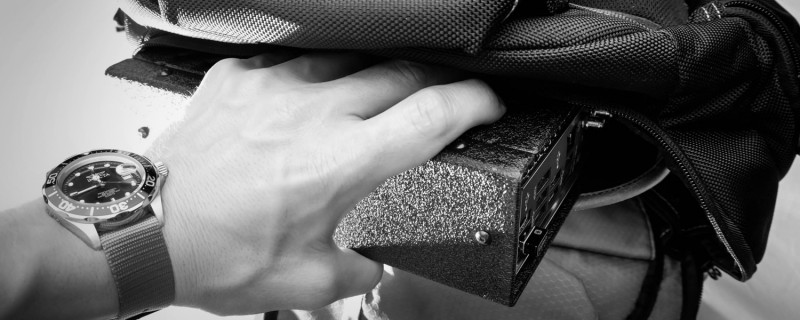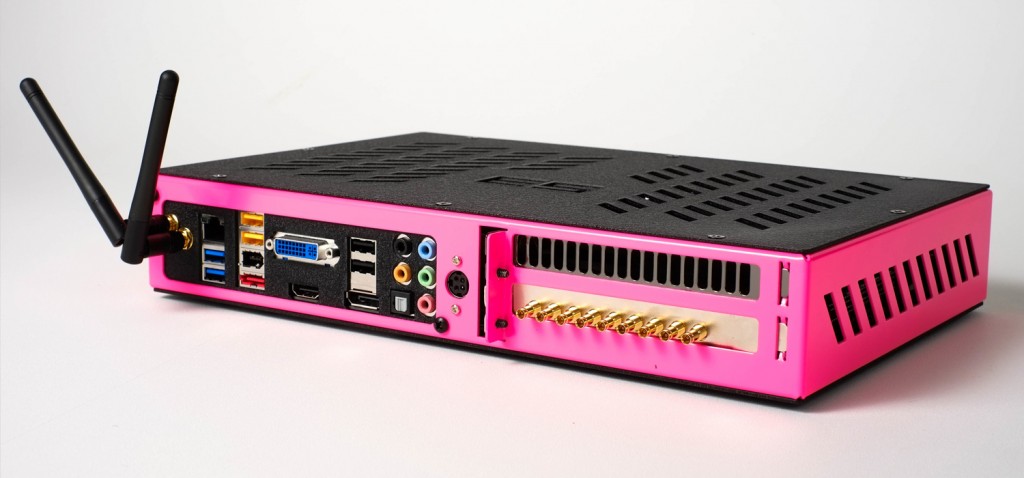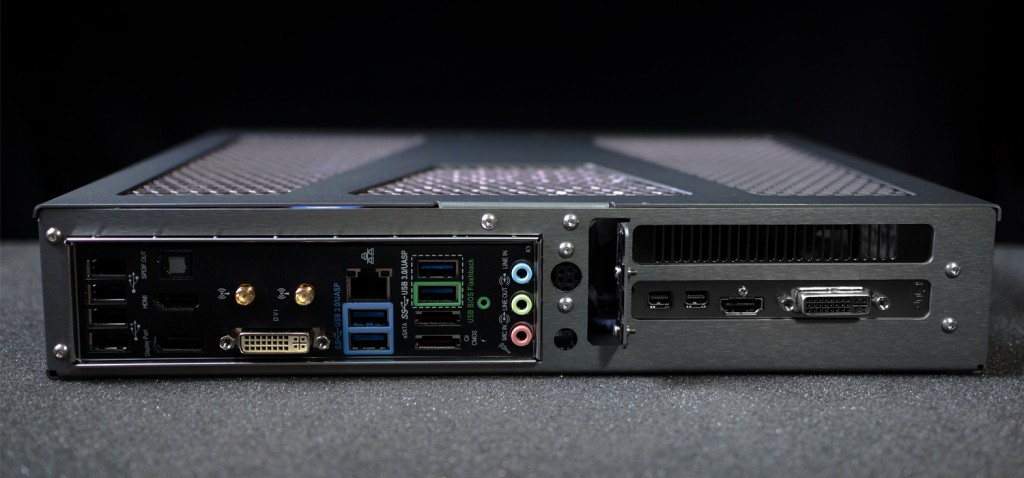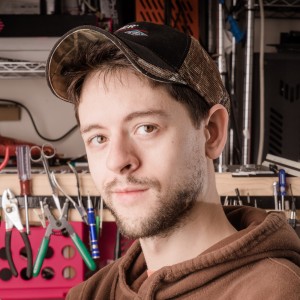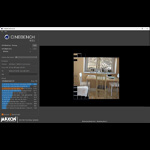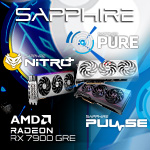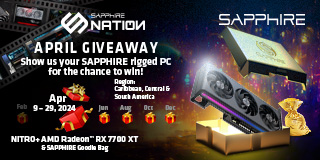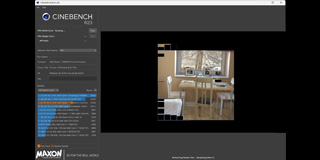
Ultra-small form factor (USFF) systems demand creative design. Magic can happen when working in millimeters where every design decision must add to the whole without adding onto it.
Don’t get me wrong: I enjoy building liquid-cooled, quad-GPU, benchmark-crushing behemoths; but I embrace the challenge of USFF. Minimalism forces me to do my best work, and I gain the most satisfaction from doing so. Here’s why you too should get excited about USFF.
Practical impracticality
Even Captain Obvious would be insulted if I pointed out that Mini-ITX systems are easier to transport than their big brothers and take up less desk space at home. Remember the days when you carried your gaming console to your friend’s house so you could belly down on the carpet in front of their enormous 40” TV? As an avid LAN attendee, I appreciative being able to fit my USFF PC, keyboard, mouse, and a change of clothes in a backpack. Yeah, I could just stay home and play online, but then how would I frog my buddy in the arm after he trashes me in Street Fighter?

Novelty
My unassuming USFF systems are often passed by at first sight. It takes a minute for most people to realize what they’re looking at.
“Is that a router?”
“Wait! That’s the computer?”
“But can it play Crysis?”
The smile that comes across people’s faces when they realize the PC they’re holding in their hands has real gaming power is priceless. Some years ago, I had the opportunity to visit with one of my heroes: Rahul Sood, the founder of VoodooPC, at his Microsoft office in Bellevue. While I mainly just wanted to hear his story (and enjoy being starstruck), I brought my brand new design — the S3 Elite — hoping for his feedback. His schedule was packed, and time was running short, so I rallied my courage and asked for his thoughts on the S3 Elite as it ran on the table in front of us. He told me it was nice but he thought it was too large for a mini-ITX system. My heart was shattered, but on his way out the door he glanced back and said that one day it would be possible to put a discreet GPU in a box that size.
“Mr. Sood!” I called out, spinning the box around so the I/O was facing him.
Looking over his shoulder, his interest was piqued. His secretary protested as he nearly re-entered the room. As he was being whisked away to his next meeting I heard him say, “oh wow, it does? It’s flat? how…?” Every time I hear a similar sentiment from a fellow enthusiast I go back to that happy moment.
Freedom in constraint
As a scratch-build modder I often have a hard time getting started on new designs. With zero constraints in size, shape, power, cooling, or weight I can feel overwhelmed and unsure of which direction to take. But if my target is a USFF build, I can always work toward one goal: getting the system as small as possible. If I add a secondary goal, I usually have the perfect recipe in mind—say, the smallest system possible with a liquid cooler for the CPU. In a full-ATX build you might need to worry generally where you place the fans, but rarely is considering 5mm to the left or right a critical decision. Planning the build in a CAD program like Sketchup becomes a necessity when building a USFF system, and little things like the PEG connectors and install order are crucial considerations. I love USFF because the constraints help me focus on the challenge of modding, rather than the challenge of overcoming “designer’s block.”
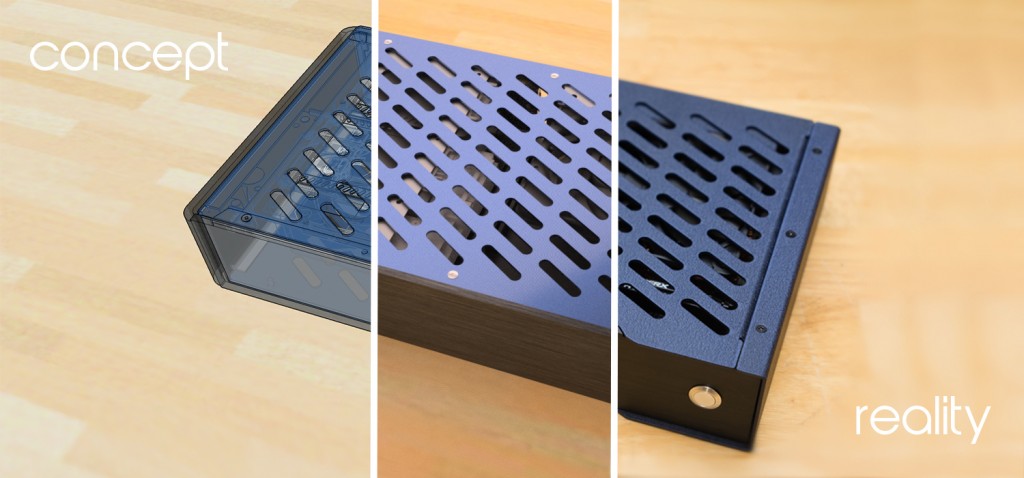 My Mini designs are first designed in Sketchup, then built in Inventor before being prototyped.
My Mini designs are first designed in Sketchup, then built in Inventor before being prototyped.
Go all out!
I may never be able to personally afford to build the fastest possible M-ATX rig I could design, let alone a quad Fury Tri-X ATX build. The fastest M-ITX system is naturally constrained by a single PCIE slot. Fewer components and materials to buy, surfaces to paint, and wires to sleeve means less cost overall, and more money I can allocate to making the system beautiful. Although I personally prefer the balance of horsepower and energy draw of a card like the Sapphire 370 NITRO, going small doesn’t necessarily mean I have to compromise my gaming experience. With some clever wiring and the right power delivery, the R9 Nano can make 4k gaming in a system the size of a ream of paper a reality. USFF enables me to get more quality modding done with less money each year, and I love that.
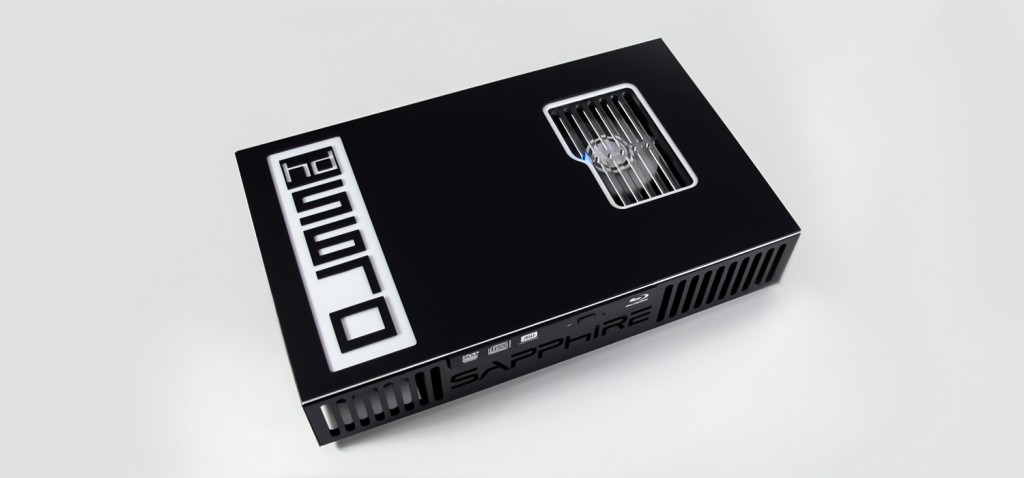
A custom Mini built for SAPPHIRE
A small conclusion
I haven’t turned my back on full-tower scratch builds, but the ultra-small form factor is what gets me excited these days, and I’m happy I’m not alone. I love the practicality, novelty, freedom, and low cost of USFF systems, and I’m excited to be a part of this passionate, small community.





